Museum of Aeronautics in Madrid (Museo del Aire)
The national aviation Museum (Museo de Aeronáutica y Astronáutica or Museo del Aire) occupies the territory of the very first Madrid airfield Cuatro Ventos ("Four winds"). Although the first order to create an exhibition about the history of Spanish aviation was the Ministry of aviation back in 1939, the full Museum was opened on 16 June 1966. Now on an area of 67 thousand square meters there are seven hangars and a large open Parking lot, where you can see about 200 planes and helicopters and thousands of other exhibits that tell about the history of Aeronautics.
How to Get There, Opening Hours
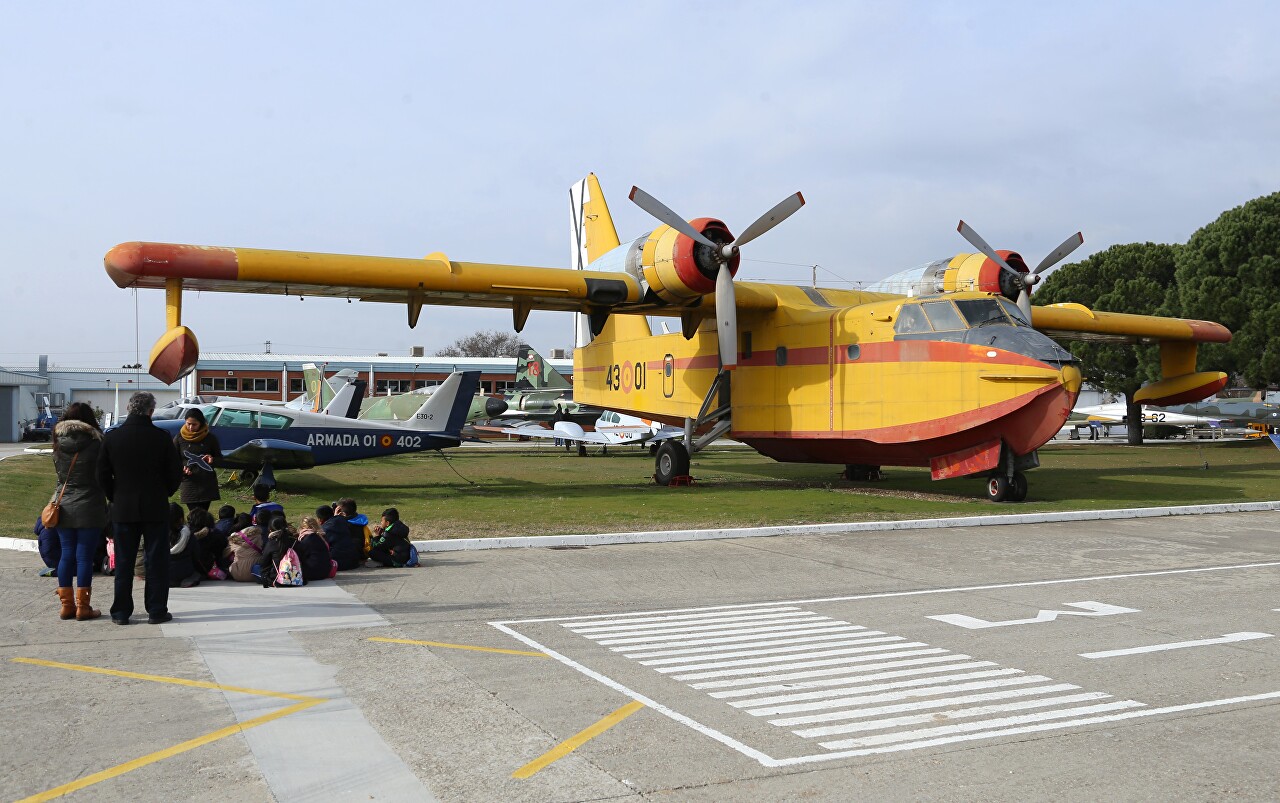
The national aviation Museum (Museo de Aeronáutica y Astronáutica or Museo del Aire) is located quite far from the center of Madrid, outside the city. You can reach it easiest by bus from the Principe Pio terminal (read more  )
)
Boeing KC-97L Stratotanker, Refueling Aircraft

The KC-97 was intended for aerial refueling and was a variant of the C-97 transport aircraft equipped with fuel tanks (read more  )
)
Lockheed P-3A Orion Antisubmarine Aircraft
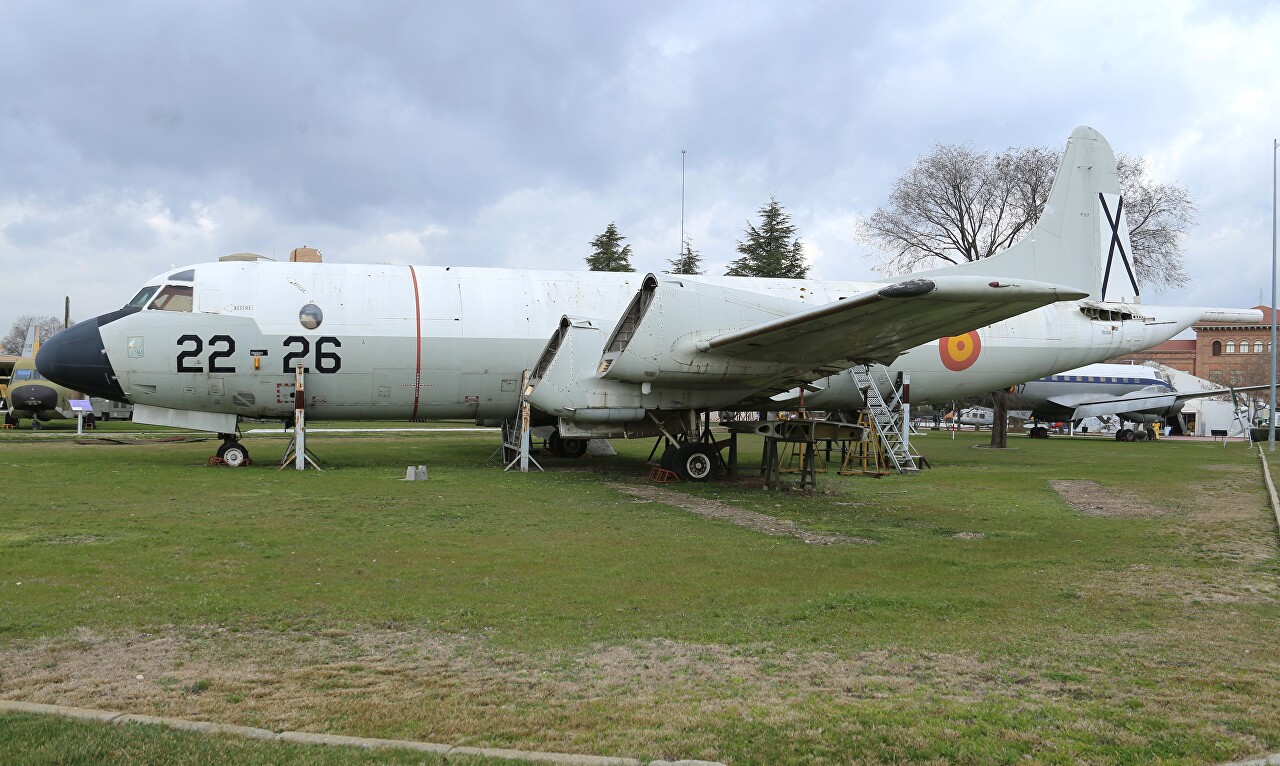
In 1957, the US Navy announced a competition for a modern anti-submarine patrol aircraft to replace the P2V Neptune and P5M Marlin, developed in the mid-forties. The competition was won by Lockheed, which offered to modify the passenger aircraft L-188 Electra for the needs of the air force, which made its first flight in December 1957 (read more  )
)
Canadair CL-215 Fire-Fighting Hidroplane
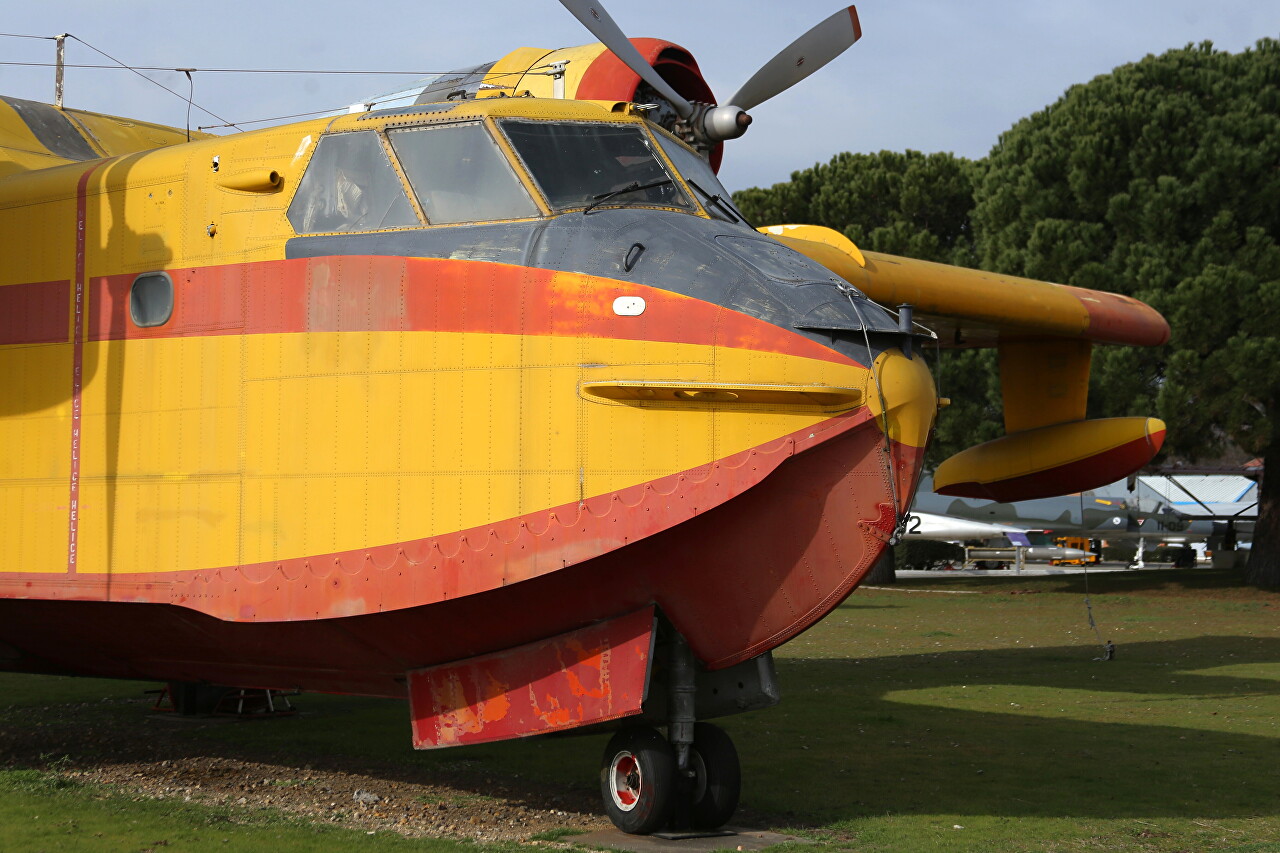
The CL-215 twin-engine heavy amphibious flying boat is the world's first aircraft designed specifically to fight wildfires, commissioned by the Canadian Forestry Department. Canadair began working on the concept of the aircraft in 1962, using the Catalina seaplane, popular since world war II, as a prototype (read more  )
)
DHC-4 Caribou Cargo and Pilot Cabin
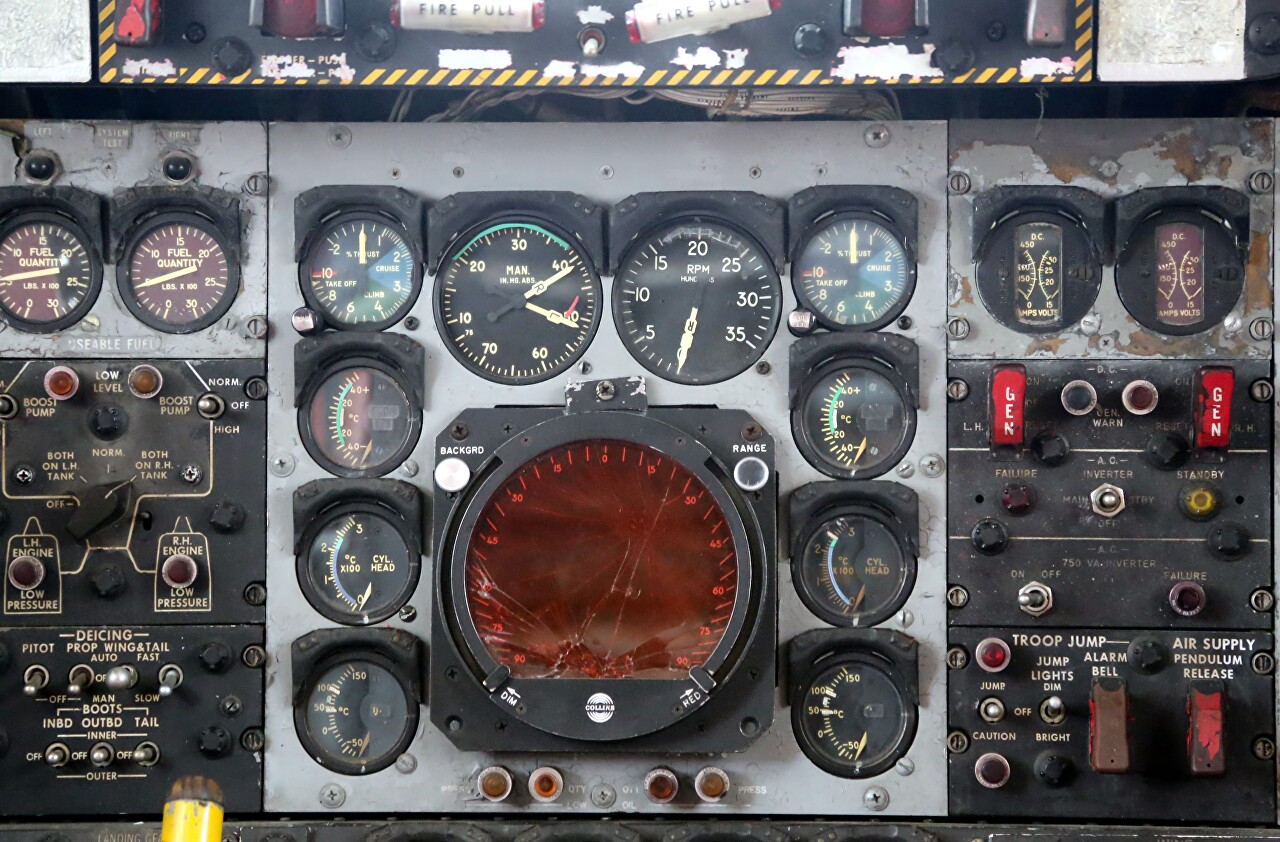
After climbing the ladder, we will get acquainted with the cabin "Caribou" (read more  )
)
SAAB J-32 Lansen
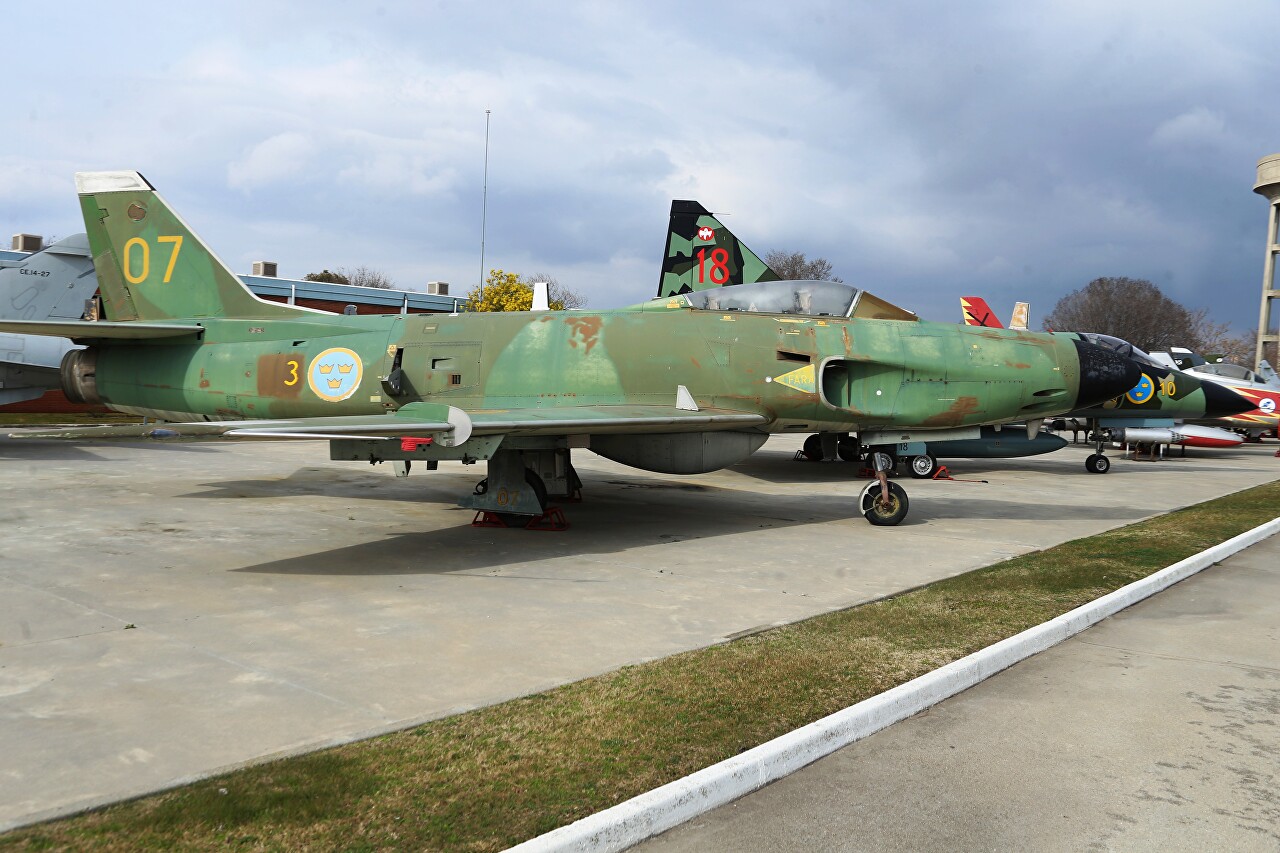
The two-seat multi-purpose aircraft model 32 Lansen ("spear") of the Swedish company SAAB first flew on November 3, 1952 and was mass-produced from 1953 to 1959 (read more  )
)
McDonnell Douglas RF-4C Phantom II
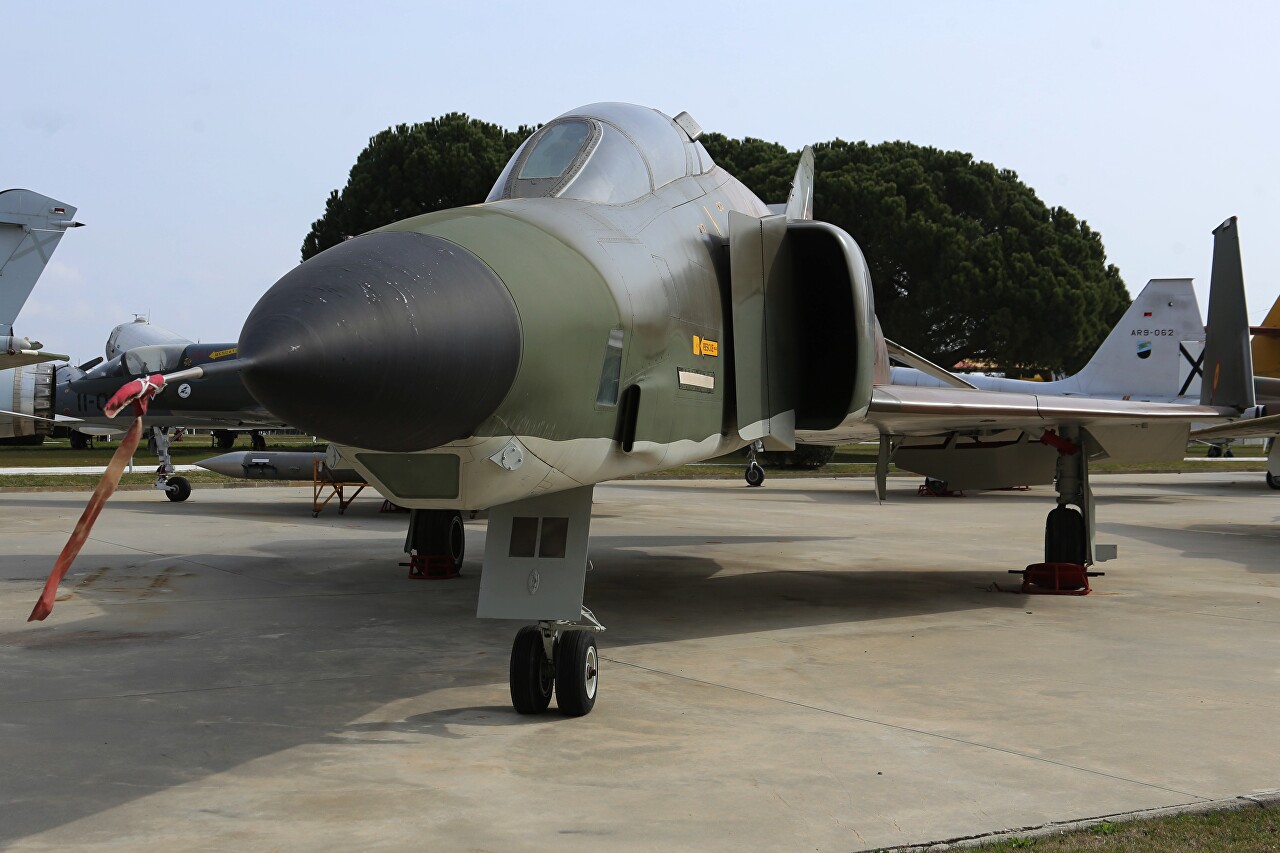
Next to the Phantom II fighter jet, in the open parking lot of the
Aeronautics Museum in Madrid, there is a reconnaissance version of It
created during the Vietnam war. The RF-4C had a maximum speed of 2545
km/h, which allowed it to get away from Soviet MiGs, so they worked
during the day without fighter cover (read more  )
)
Northrop F-5A Freedom Fighter
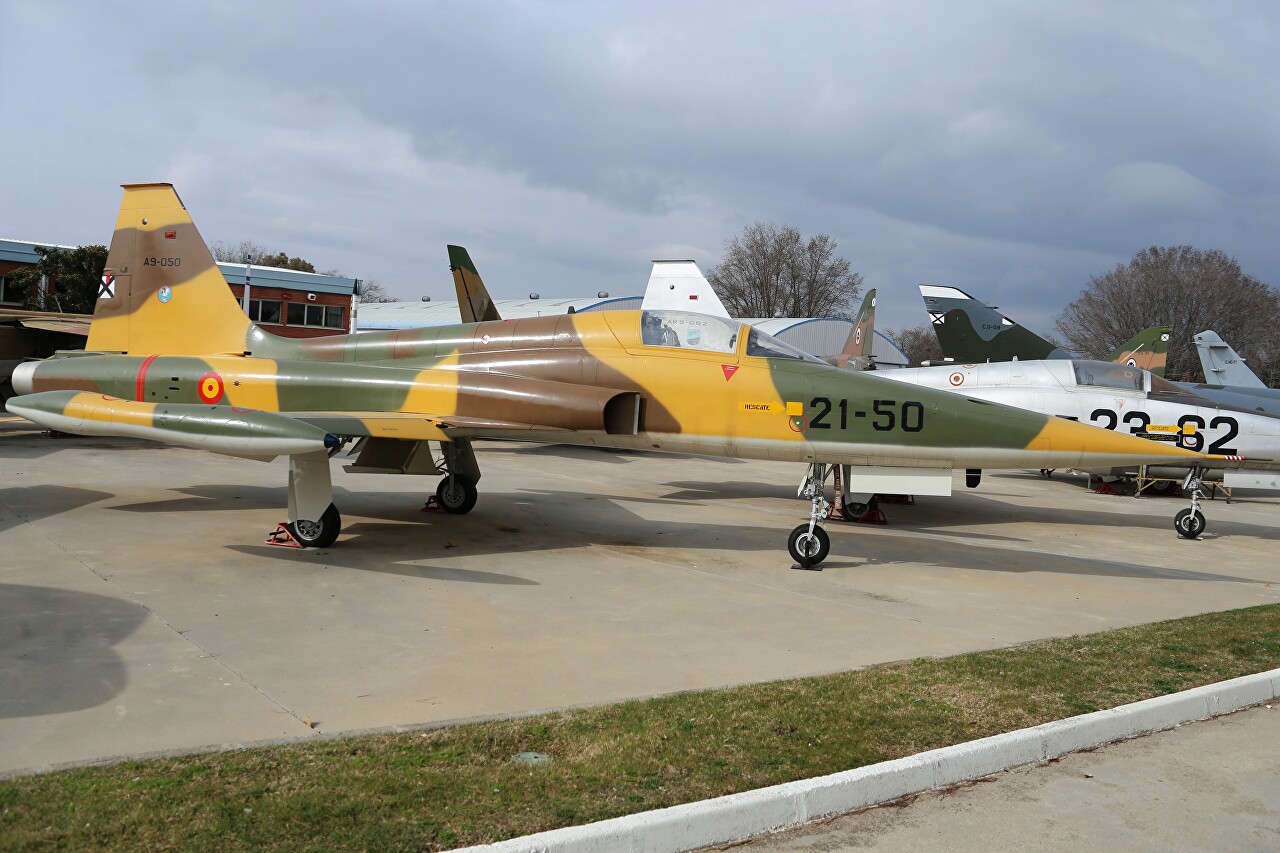
In 1968, the Spanish air force decided to replace the t-33 and F-86 fighters with a more modern one, opting for the F-5 developed by Northrop. These aircraft were originally intended for export to third world countries, so they were low in cost and easy to maintain (read more  )
)
Dassault Mirage IIIEE Multipurpose Fighter
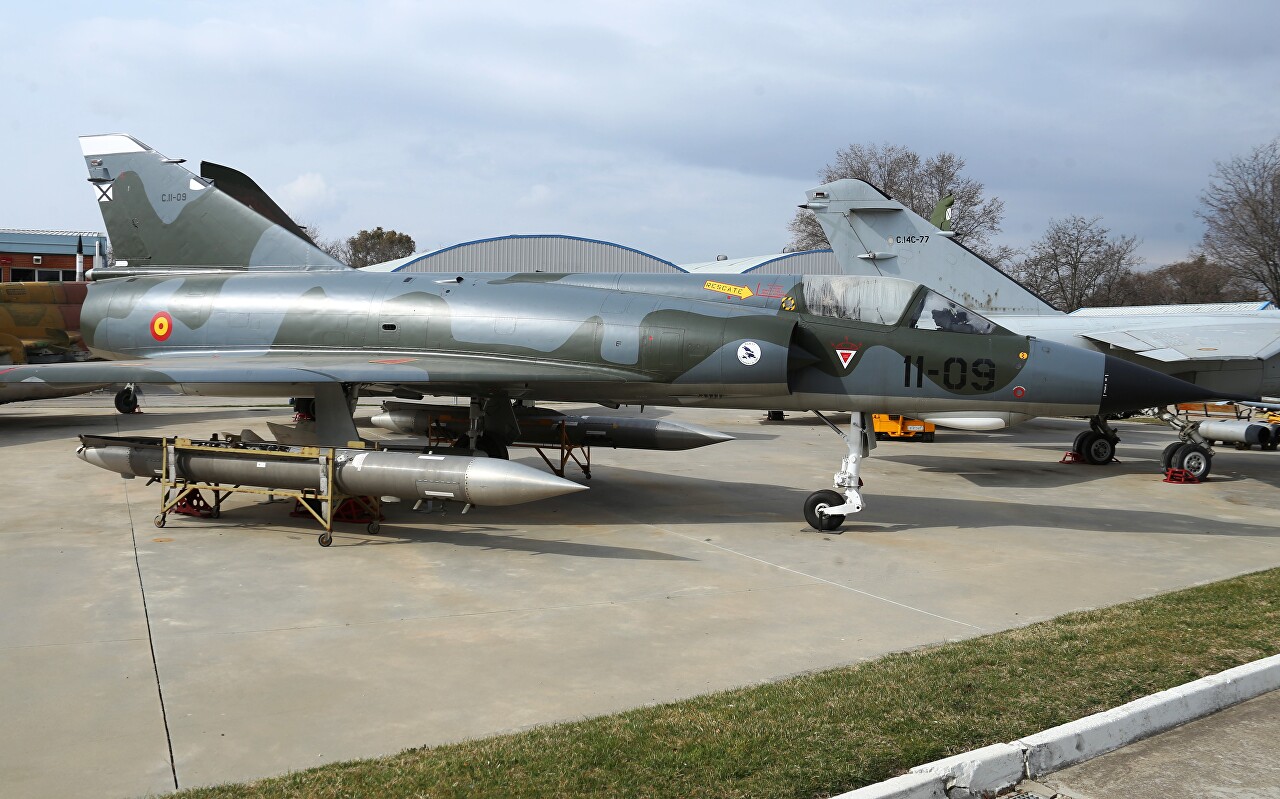
In February 1953, the French air force announced a competition for the design of a fighter-interceptor that meets the requirements of NATO, the company Dassault presented a prototype MD 550, which had an aerodynamic scheme "tailless" and a triangular wing, which made its first flight on July 25, 1955 (read more  )
)
Dassault Mirage F1
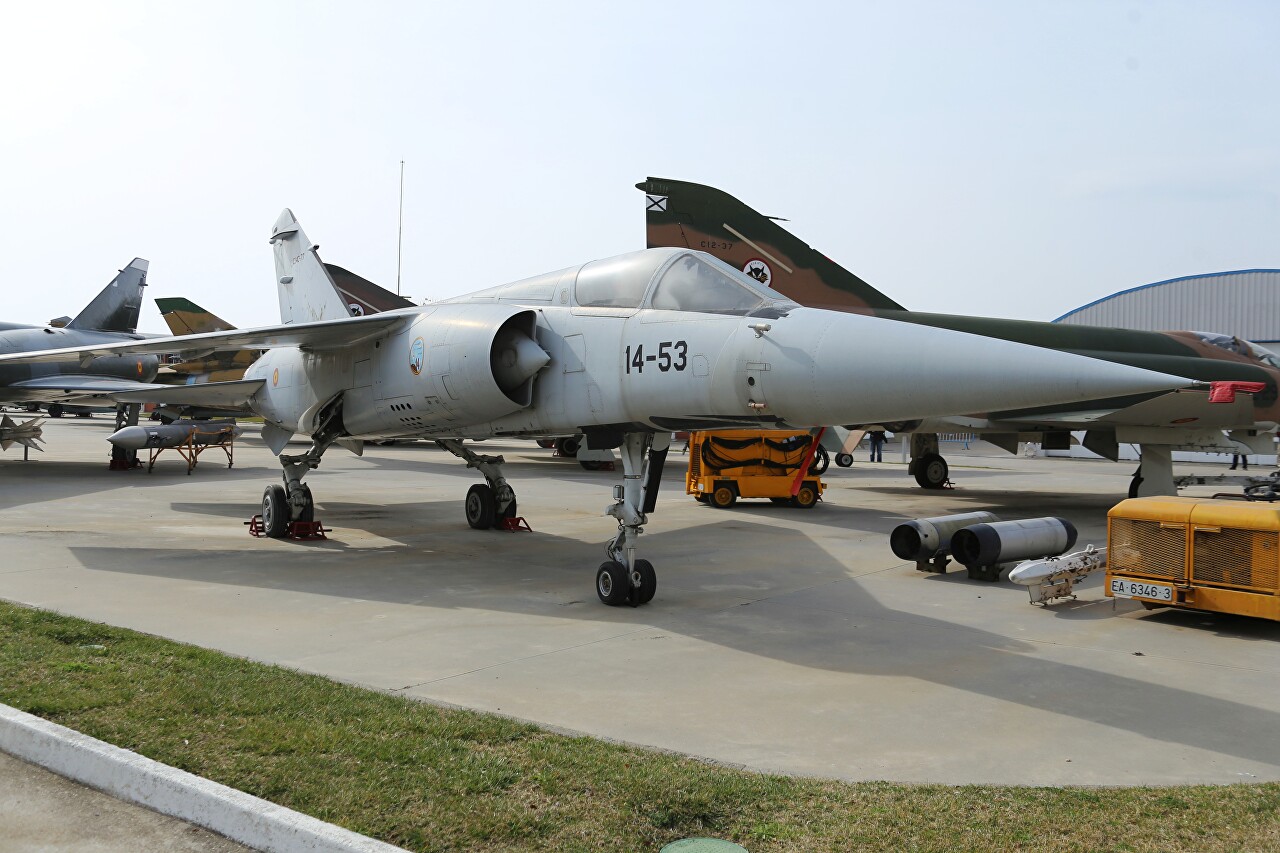
In 1960, the French company Dassault began work on a prototype supersonic strike fighter with a shortened takeoff and landing, resulting in the prototype Mirage F2. In the series, it never went, but became a prototype for a light fighter, called the Mirage F1 (read more  )
)
Mikoyan-Gurevich MiG-23
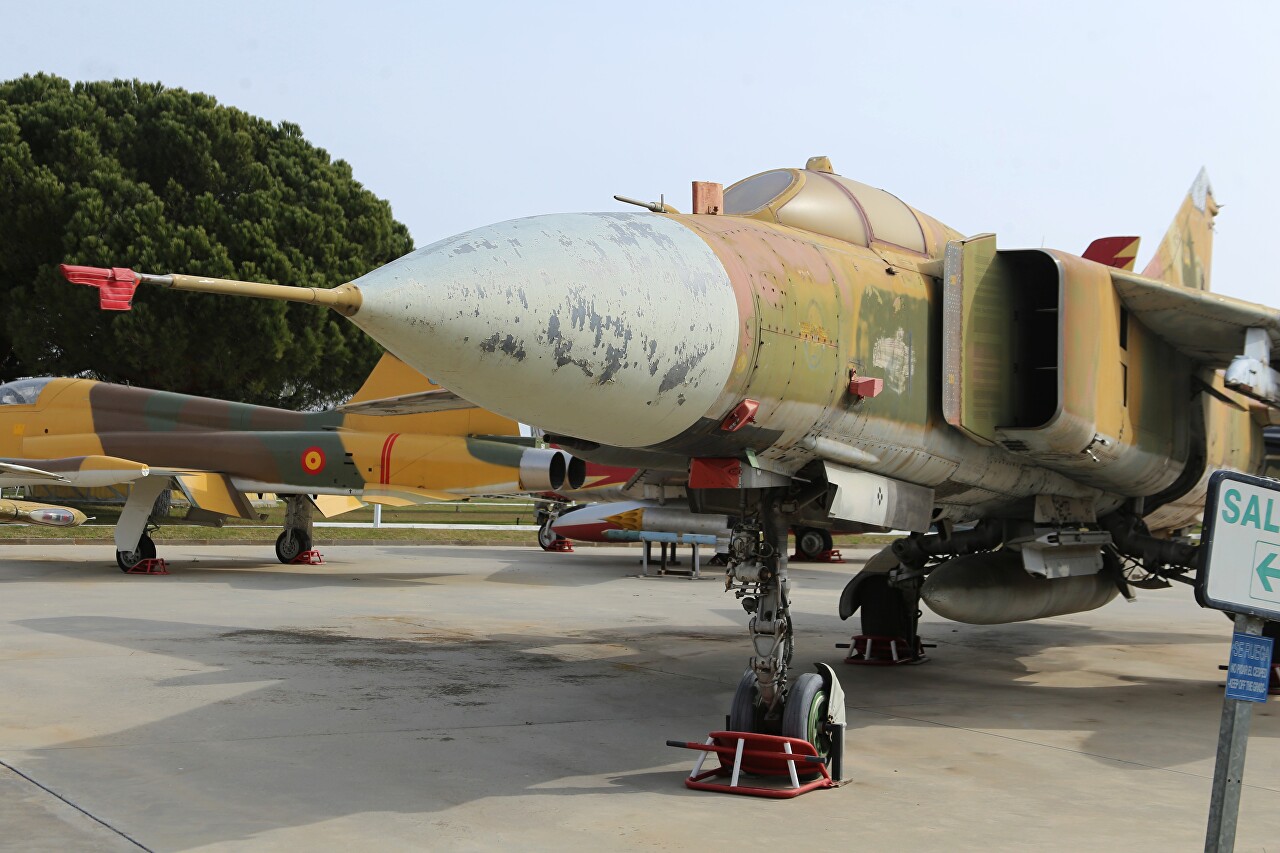
The third-generation MiG-23 multi-purpose fighter was developed at the Mikoyan design Bureau and made its first flight on June 10, 1967 (read more  )
)
Hispano Aviación Ha-220 Super Saeta
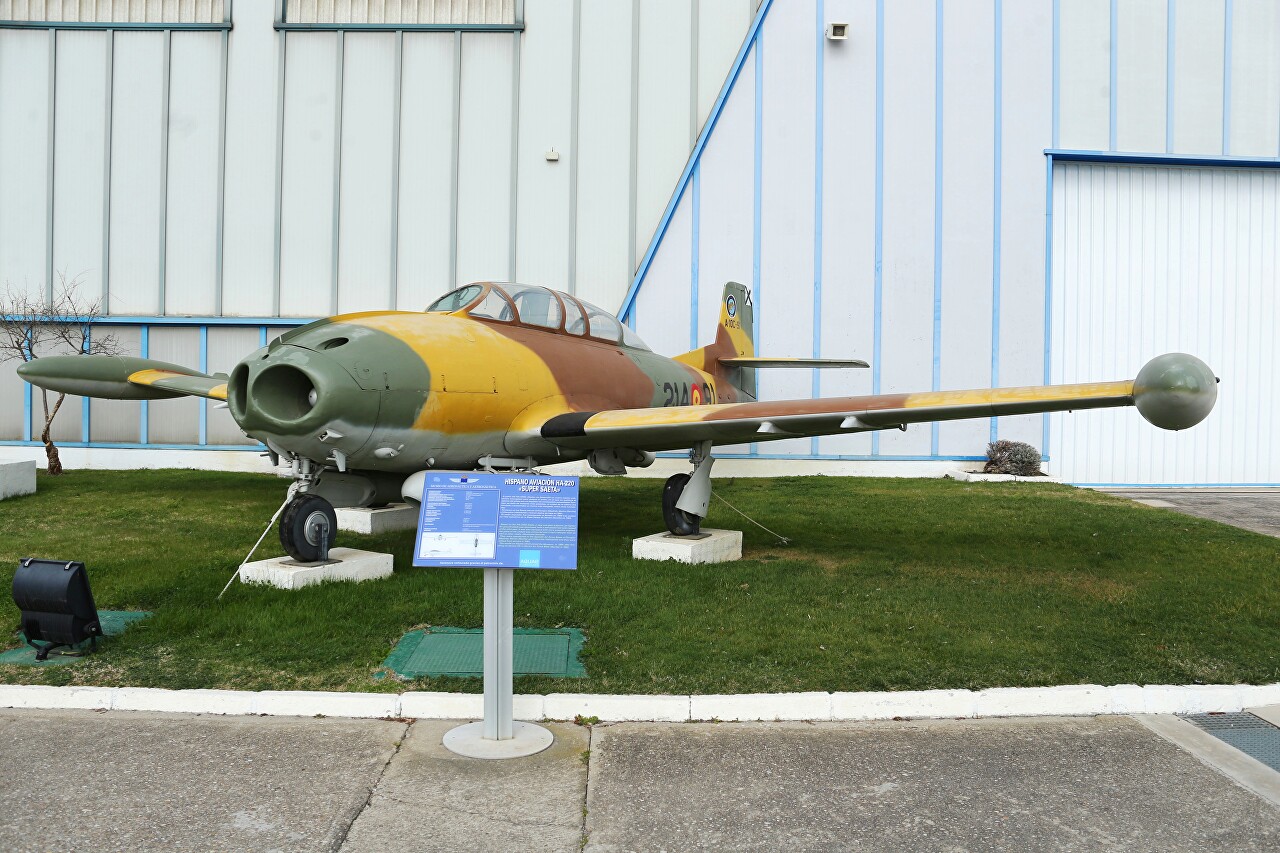
On August 12, 1955, the first prototype of the HA-200 Saeta ("Arrow") aircraft, designed by the famous Willy Messerschmitt, took off. After the First world war, Germany did not have the right to have an aviation industry for a long time, and the designer found application for his knowledge and experience in the Spanish company Hispano Aviación (read more  )
)
CASA C-101 Aviojet 'Mirlo'
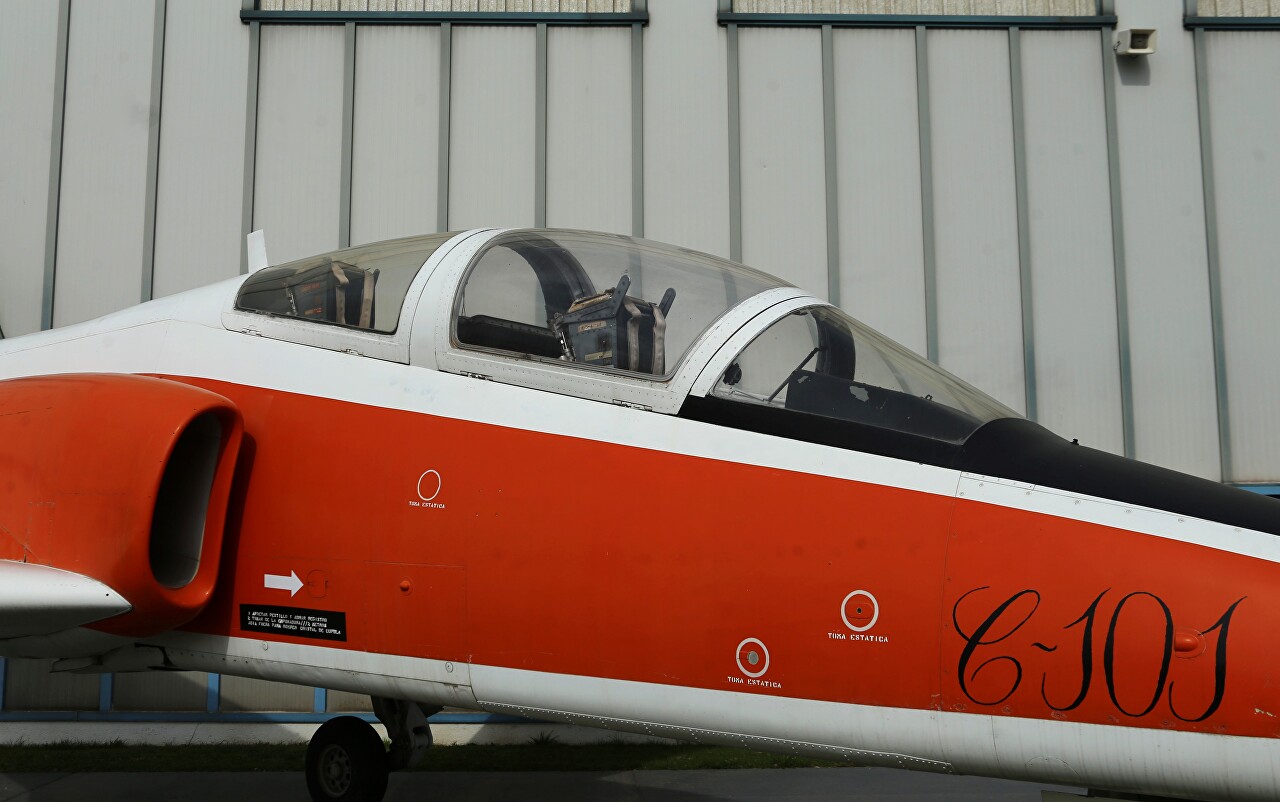
The C-101 Aviojet is a two-seat jet developed by the Spanish company CASA in collaboration with Messerschmitt-Belkow-Blom and Northrop-Grumman and designed for training air force pilots, as well as can be used as a light attack aircraft, reconnaissance and electronic warfare (read more  )
)
Aérospatiale SA-318C Alouette II, Light Helicopter
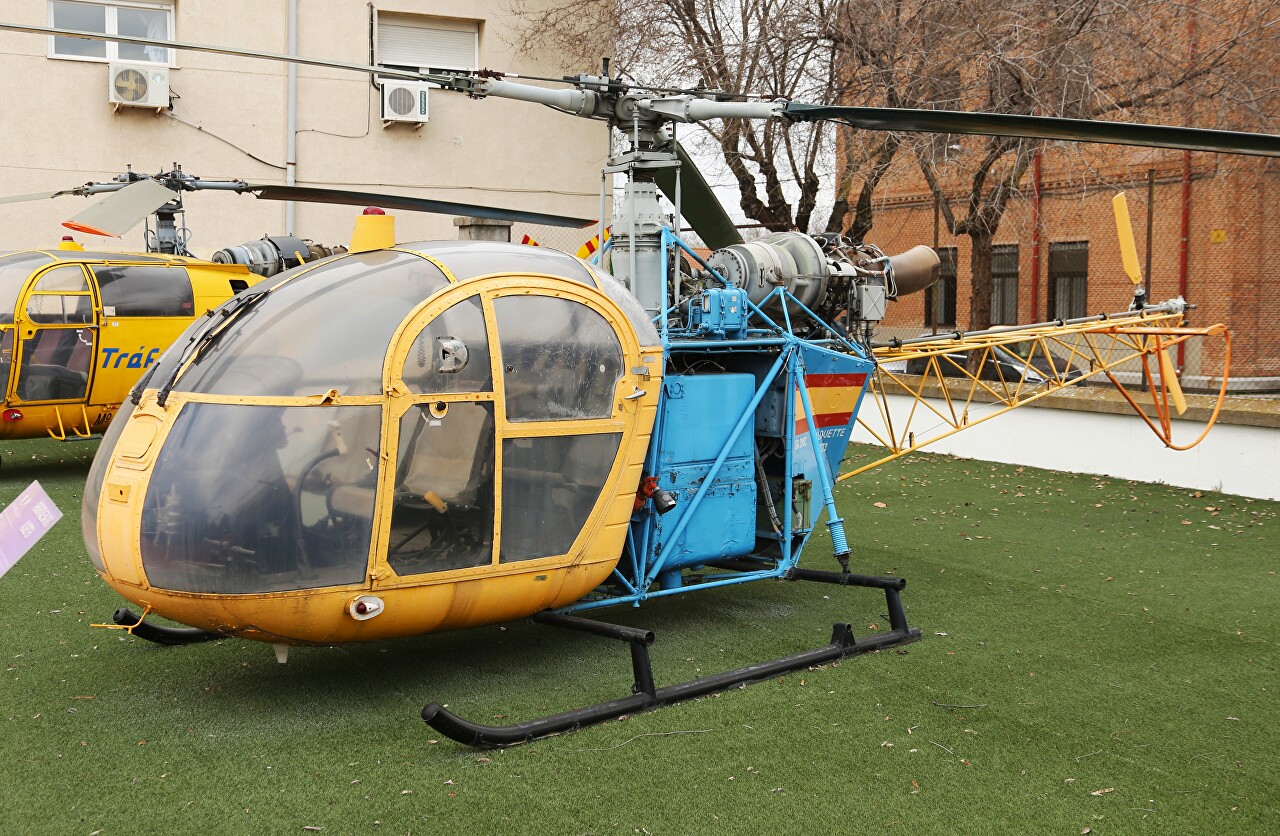
In the early 50s, the French company SNCASE (Sud Aviation) developed a single-seat SE 3120 Alouette helicopter with a piston engine, but the helicopter was unsuitable for mass production due to the high cost and complexity of maintenance (read more  )
)
Agusta-Bell 47 J3B-1 helicopter
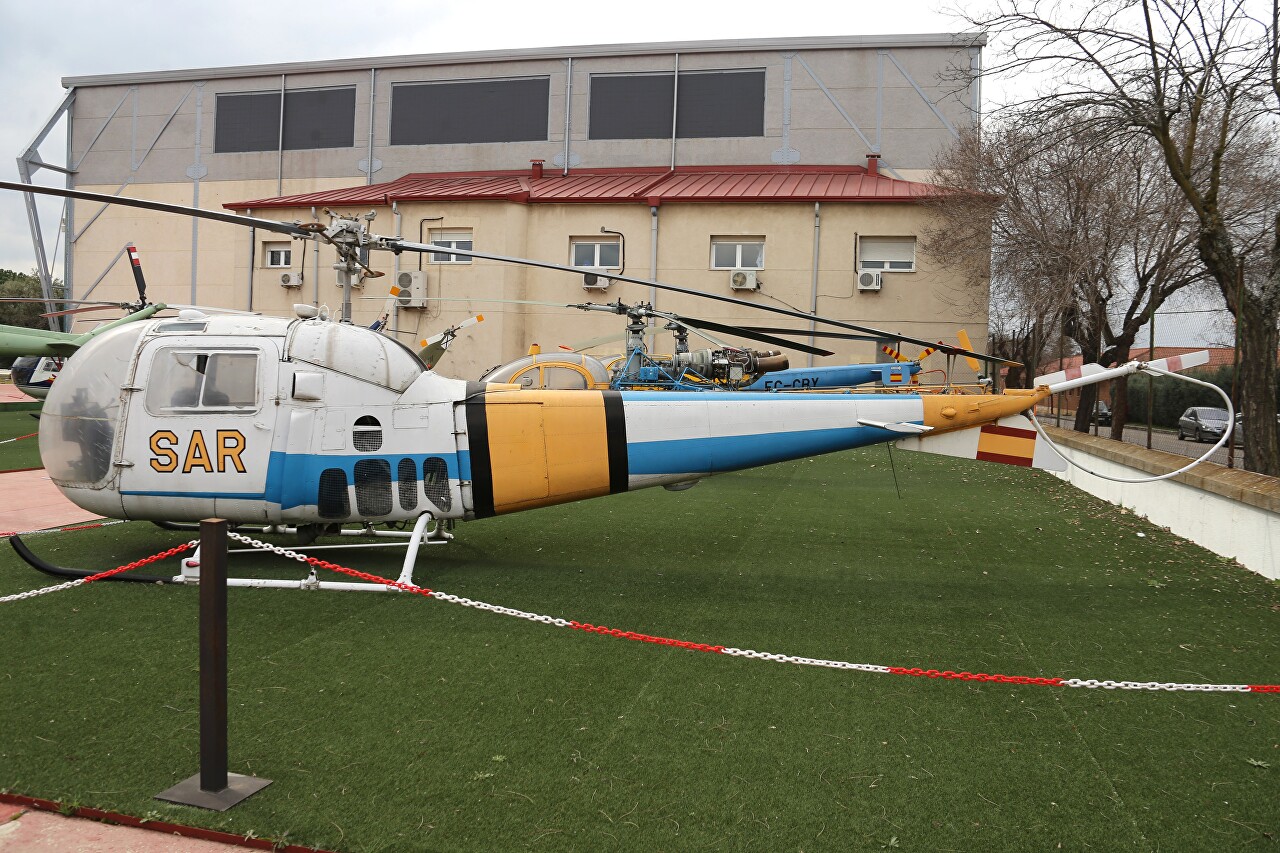
The Bell-47 was the first helicopter to be produced in a large series. Made its first flight on December 8, 1945...read more 
MBB Bo-105CB, police helicopter

The light multi-purpose helicopter was developed by the German company Messerschmitt-Bölkow-Blohm in 1967 and was produced until 2001 (read more  )
)